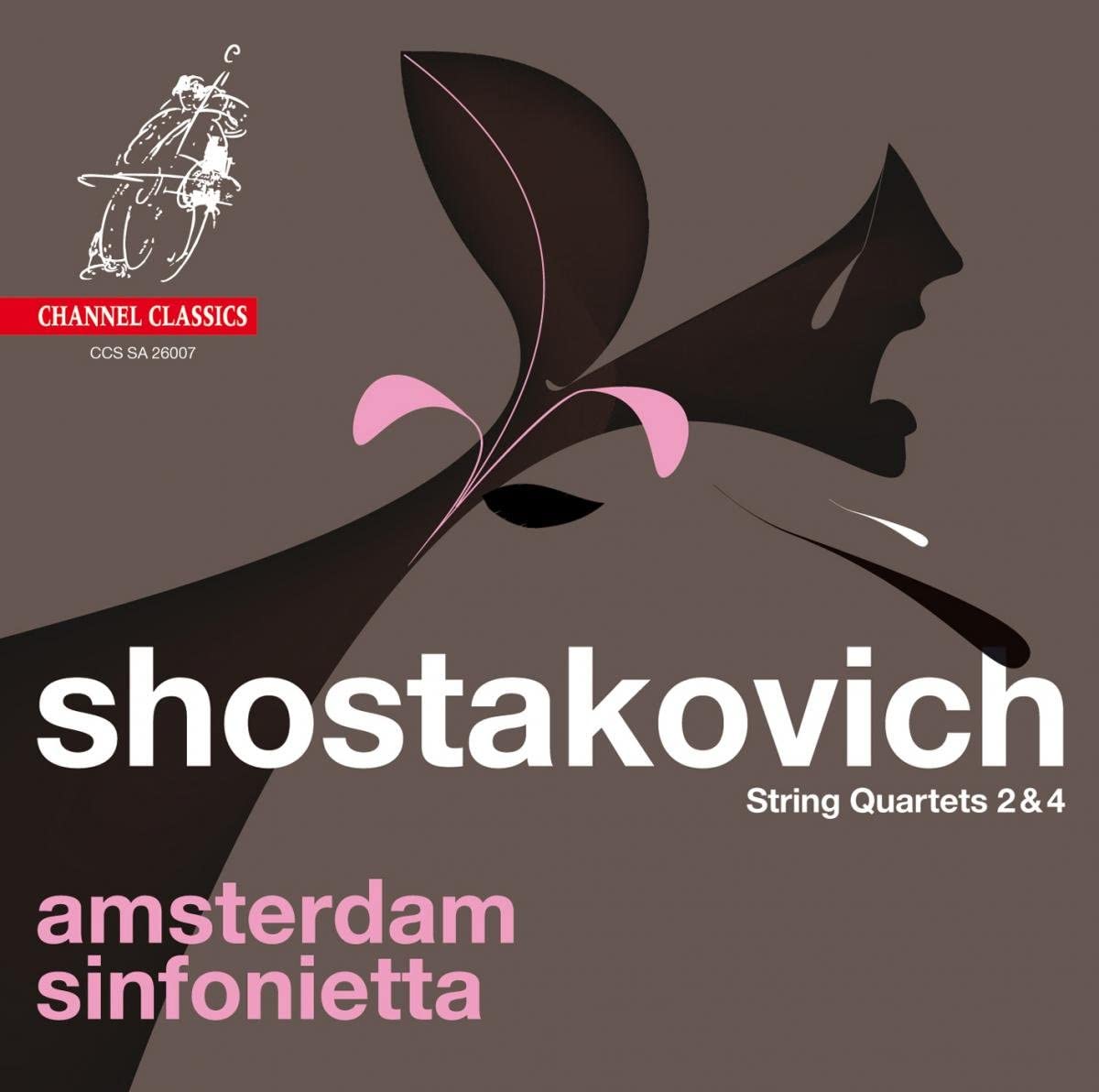
kompozytor
Shostakovich, Dmitry
tytuł
Shostakovich: String Quartets 2&4
wykonawcy
Amsterdam Sinfonietta
nr katalogowy
CCS SA 26007
opis
String quartet nr. 2 in A On 2 September 1944, Shostakovich wrote the last note of his second string quartet in a country house near Ivanovo. Two months later, the Beethoven-quartet played the première. The second string quartet was created after the famous second piano trio and was written at a terrific pace. Shostakovich dedicated this work to his good friend Vissarion Shebalin, the director of the Moscow Conservatory at that time. Like his great example Beethoven, Shostakovich did not publish his first string quartet until he was thirty. In the preceding years, he thoroughly studied the string quartets by Beethoven, Mozart and Haydn. According to his students, he could effortlessly quote from this classic literature. The piece opens with an energetic Ouverture that in its form and counterpoint has been entirely fashioned after the forementioned classic examples. This quartet is primarily exceptional because of the longest and slow movement of the piece. The movement consists of a Romance enclosed by two recitatives. These long and grievous episodes of the solo violin in recitative form are accompanied by static, low chords. One can directly associate this movement with sacred music, in which the recitative technique is so common. In the Waltz, a soft legato theme develops, first in the celli and later in the violins, over a waltz pattern to a turbulent percussion part full of changes of pace. The movement concludes in pianissimo with the return to a clear three-four time in which the altos ‘turn off the light’. The last movement, Theme with variations, starts from an adagio. Per variation, both the tempo and the drama increase. The theme ultimately simmers down in an adagio in E flat. String quartet nr. 4 in D In 1949 Shostakovich finished his fourth string quartet, although the première of this piece was not heard until 1953. In the years after the war the government got increasingly involved in the cultural world….
nośnik
SACD
gatunek
Muzyka klasyczna
producent
Channel Classics
data wydania
02-07-2007
EAN / kod kreskowy
723385260073
Produkt nagrodzony:
Classics Today 10/10 (2007)

(Produkt nie został jeszcze oceniony)
cena 89,00 zł
lubProdukt na zamówienie
Wysyłka ustalana indywidualnie.
Darmowa wysyłka dla zamówień powyżej 300 zł!
Darmowy kurier dla zamówień powyżej 500 zł!
sprawdź koszty wysyłki








































